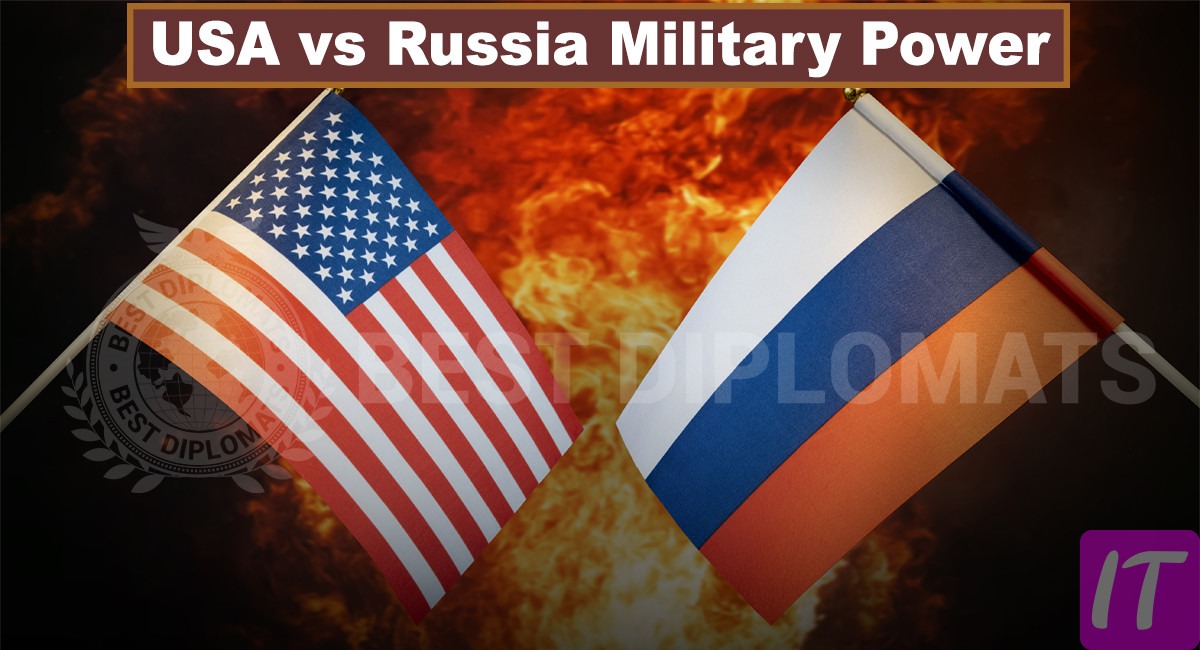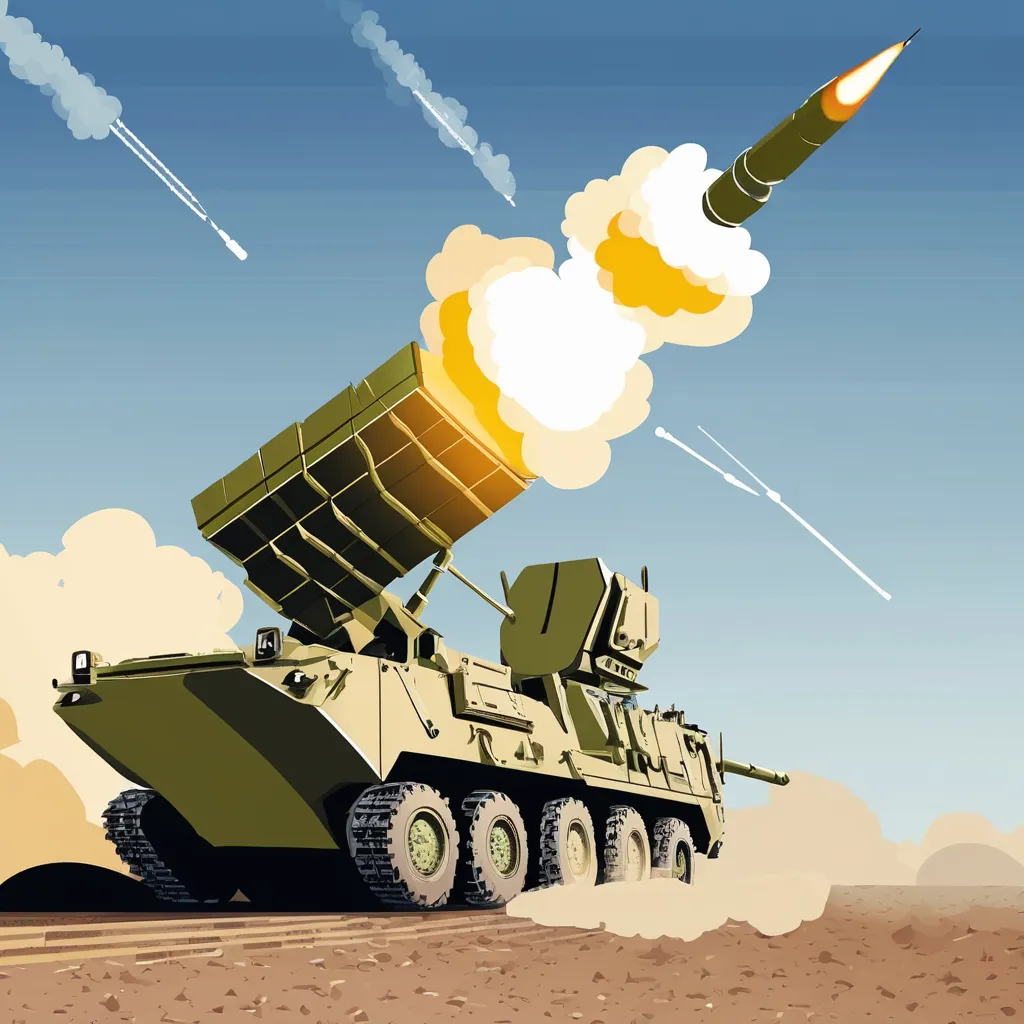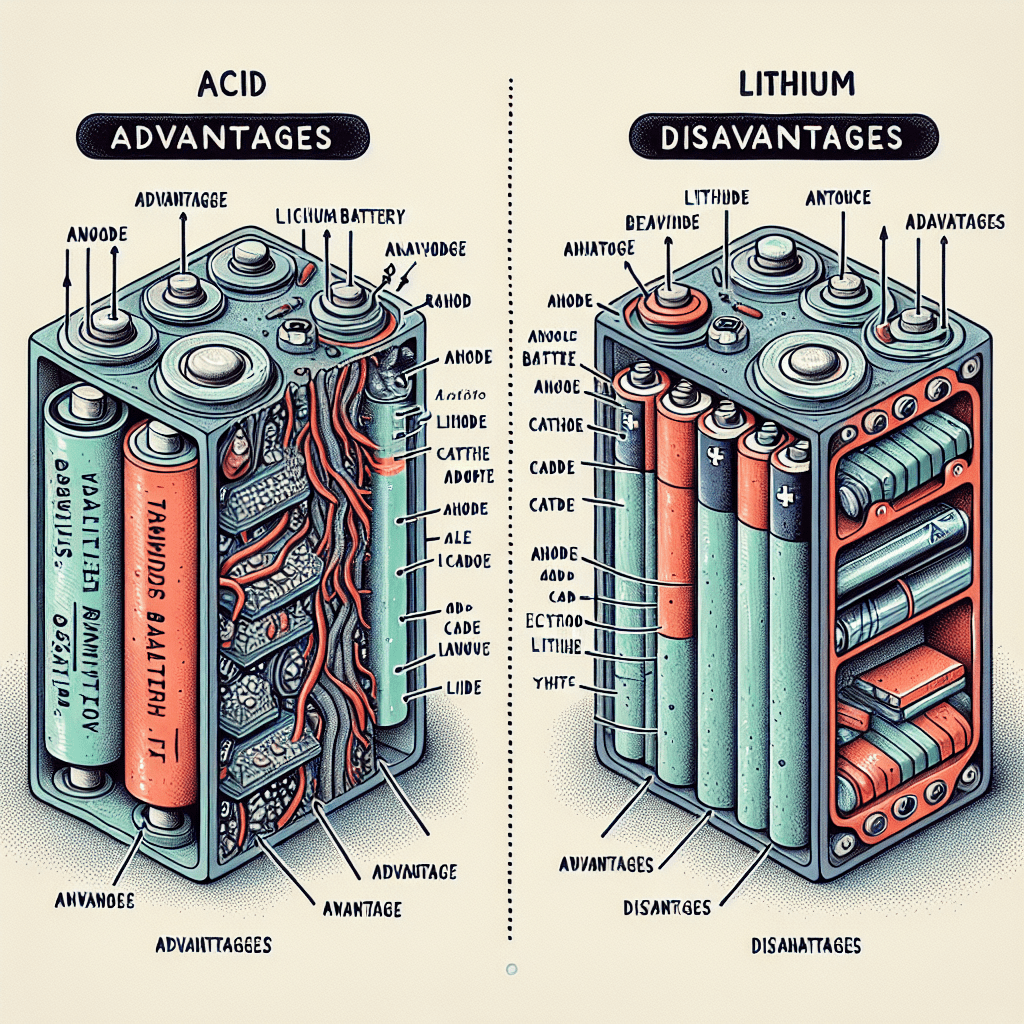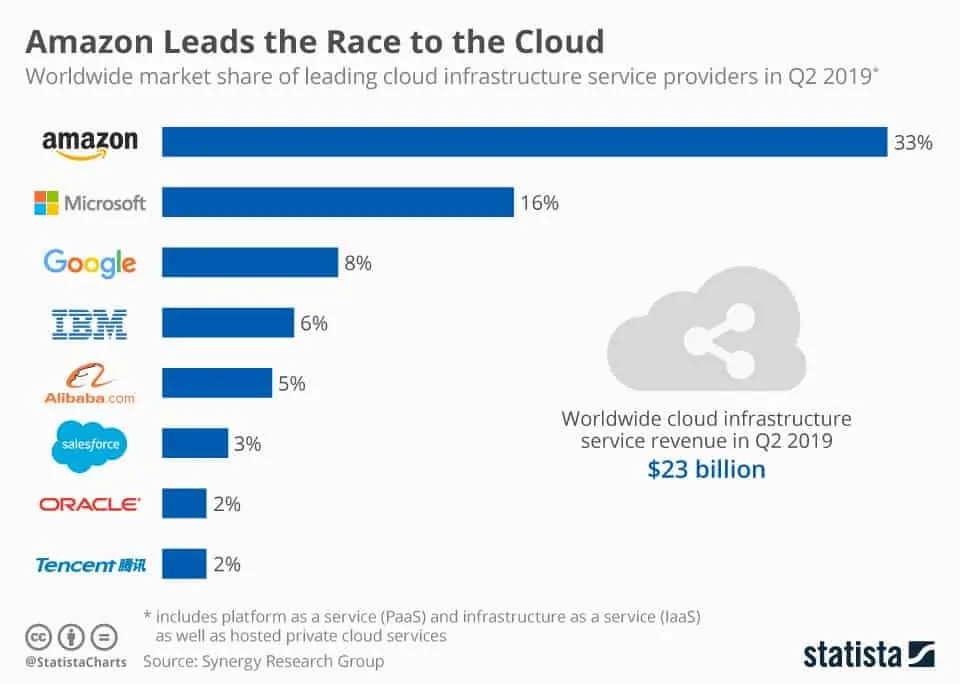The race for global military dominance has always been fiercely contested. In 2024, the rivalry among China, Russia, and the United States intensifies with each nation boasting advanced technologies and substantial defense budgets. With China’s increasing naval power, Russia’s strategic missile systems, and America’s superior air force, who truly holds the upper hand?
Historically, the United States has led in defense expenditure, allocating over $800 billion annually as of recent reports. However, China and Russia are closing the gap, investing heavily in modernizing their military capabilities. A striking example is China’s fleet of over 320 ships and submarines, now the largest in the world, emphasizing the complexity of determining outright superiority.

Analysis of the Military Power of China, Russia, and America in 2024
The military power dynamics among China, Russia, and America are fascinating to examine in 2024. Each nation dedicates significant resources to maintaining and enhancing its defense capabilities. China has rapidly expanded its naval fleet, making it the largest in the world. Russia, on the other hand, continues to invest heavily in advanced missile systems. America’s military strength remains formidable with its superior air force and technological advancements.
Spending on defense provides a clear picture of each country’s priorities. According to recent data, the United States leads with over $800 billion allocated to defense annually. China follows closely, increasing its budget each year to support its growing military assets. Russia, despite economic constraints, manages to maintain considerable defense expenditure as well. Comparing these budgets highlights the strategic focus of each nation on military superiority.
The technological edge each country brings to the table varies significantly. China has excelled in developing advanced drones and hypersonic missiles. Russia, known for its missile technology, continues to innovate in this area. America, however, excels with its stealth technology and cyber warfare prowess. These advancements show each nation’s focus areas and their efforts to stay ahead in the military race.
Determining who is stronger is complex and depends on the criteria used. Strength can be viewed through various lenses such as naval power, air superiority, missile capability, and technological innovation. Here are some key factors to consider:
- Naval Fleet Size
- Defense Budget
- Technological Advancements
- Strategic Assets
While each country has its strengths, the balance of power is constantly shifting. This ongoing competition ensures that each nation remains vigilant and prepared.
Assessing the Global Defense Expenditure
Defense expenditure varies greatly among countries, reflecting their military priorities and economic capabilities. The United States consistently leads, dedicating over $800 billion annually to defense. This massive budget is used to maintain military bases worldwide, fund advanced research, and support personnel. China, while spending less overall, invests heavily in modernizing its forces. It has been steadily increasing its defense budget, reaching approximately $250 billion in recent years.
Russia’s defense budget, though lower than that of the U.S. and China, remains significant. Recent figures show Russia spending around $65 billion annually on defense. This budget supports their emphasis on missile technology and cybersecurity. The allocation of resources highlights the strategic focus of each nation. For example, Russia prioritizes missile advancements while the U.S. leads in technological innovations.
A comparison of defense spending provides insight into the strategic aims of these nations. Here’s a table illustrating the current defense budgets:
| Country | Annual Defense Budget (in billions) |
|---|---|
| United States | $800 |
| China | $250 |
| Russia | $65 |
These figures highlight the vast differences in expenditure, yet each country’s budget is used strategically to bolster its military capabilities.
The increasing defense budgets demonstrate a global emphasis on maintaining and enhancing military power. As countries strive for military superiority, their expenditures reflect their strategic priorities. This competition drives advancements in military technology and preparedness. Analyzing these budgets reveals not just numbers but the potential impact on global military dynamics. Therefore, tracking these expenditures helps understand the broader strategic intentions of these powerful nations.
Insights on China’s Military Power and Strategies
China’s military power has grown rapidly over the past decade. The People’s Liberation Army (PLA) is now one of the largest military forces in the world. China’s approach involves significant investment in naval capabilities. With a fleet of over 320 ships and submarines, it has the largest navy globally. This expansion aligns with its strategies to exert control over key maritime regions, notably the South China Sea.
The technological advancements in China’s military are noteworthy. The nation has made significant strides in developing advanced drones, hypersonic missiles, and cyber warfare capabilities. These innovations are aimed at enhancing their combat readiness and operational effectiveness. The PLA also places a strong emphasis on artificial intelligence for battlefield utility. This modernization effort underscores China’s intent to lead in next-generation warfare technology.
China’s strategic focus extends beyond its borders, aiming for regional and global influence. Their Belt and Road Initiative includes military components, strengthening ties with other nations and establishing overseas bases. This strategy aims to secure crucial maritime routes and economic interests. Additionally, China’s military exercises and joint drills with other countries demonstrate their commitment to enhancing international military cooperation. These activities highlight China’s goal to project power far from its shores.
Analyzing China’s military strengths reveals a comprehensive approach to defense and power projection. Key areas of focus for China include:
- Naval Expansion
- Technological Advancements
- International Military Presence
- Artificial Intelligence in Warfare
This multifaceted strategy reflects China’s ambition to solidify its position as a dominant military power in the 21st century.
Deciphering Russia’s Combat Strength and Modernizations
Russia’s military power is deeply rooted in its extensive combat experience and strategic missile capabilities. The Russian Armed Forces have been focusing on modernizing their equipment and infrastructure. One of the most notable advancements is their missile technology, including the RS-28 Sarmat, a nuclear-capable ballistic missile. This missile is designed for strategic deterrence and showcases Russia’s emphasis on maintaining a powerful nuclear arsenal. Their military strategy is largely centered on deterrence and rapid response capabilities.
The modernization of Russia’s combat forces also includes significant investments in cyber capabilities and electronic warfare. These enhancements allow Russia to disrupt enemy communications and intelligence systems effectively. They’ve developed advanced cyber units that can both defend against and initiate cyber attacks. This focus on cyber warfare aligns with their overall strategy of asymmetrical warfare. It provides them with non-traditional means to exert influence without deploying conventional forces.
Russia has also made strides in modernizing its air force and naval power. The introduction of the Su-57 fighter jet represents a leap in their aerial combat technology. Meanwhile, their naval fleet continues to strengthen with nuclear-powered submarines and advanced frigates. These additions ensure that Russia can project power both in the air and at sea. They also aim to maintain control over strategic maritime routes and airspace. This multifaceted upgrade strategy helps enhance their overall combat readiness.
Here is a table outlining some of Russia’s key military upgrades:
| Category | Advancements |
|---|---|
| Missile Technology | RS-28 Sarmat |
| Cyber Warfare | Advanced Cyber Units |
| Air Force | Su-57 Fighter Jets |
| Naval Power | Nuclear Submarines |
These upgrades highlight Russia’s commitment to maintaining a powerful and responsive military.
Russia’s approach to military modernization is comprehensive, touching on all vital aspects of their defense strategy. They focus on maintaining a robust nuclear deterrent while also expanding their capabilities in cyber warfare and electronic disruption. Additionally, the modern air force and naval assets contribute to their ability to project power on a global scale. This strategy ensures that Russia remains a formidable military power. Understanding these modernizations provides insight into Russia’s long-term defense plans and strategic priorities.
Russia’s ability to integrate new technology into existing military frameworks is impressive. They blend advanced technology with traditional military strategies, enhancing their combat strength. This combination of old and new techniques makes Russia a unique player in global military dynamics. Their adaptability and continued modernization efforts ensure they remain ready for any potential conflicts. This continued focus on upgrading their forces reflects their strategic intentions on the world stage.
Overview of America’s Defense Prowess and Military Assets
America’s defense prowess is bolstered by its unmatched military budget and technological advancements. The United States spends over $800 billion annually on defense, which supports a range of sophisticated military assets. This substantial budget helps maintain various military branches, including the Army, Navy, Air Force, and Marines. These funds are also invested in research and development of cutting-edge technology. America’s approach ensures readiness for diverse military operations worldwide.
The U.S. Air Force is renowned for its advanced aircraft and superior air combat capabilities. Notable assets include the F-22 Raptor and F-35 Lightning II, which are among the most advanced fighter jets globally. These aircraft feature stealth technology, allowing them to operate undetected by enemy radar. The Air Force also emphasizes drone technology, utilizing UAVs for reconnaissance and targeted strikes. This combination of manned and unmanned aircraft enhances operational flexibility.
The U.S. Navy is another vital component of America’s military strength. With a fleet of 11 aircraft carriers, the U.S. navy can project power across the globe. These carriers serve as floating airbases, enabling rapid response to international crises. The Navy also operates a number of nuclear submarines, which are critical for strategic deterrence. These assets ensure robust maritime security and dominance in key regions.
Ground forces form the backbone of America’s defense strategy. The U.S. Army is equipped with advanced tanks, artillery, and armored vehicles. They are supported by cutting-edge communication systems and surveillance technology. These assets enable swift and coordinated ground operations. The Marines, known for their rapid deployment capabilities, play a crucial role in amphibious assaults and securing beachheads.
Here’s a table summarizing key American military assets:
| Branch | Key Assets |
|---|---|
| Air Force | F-22 Raptor, F-35 Lightning II |
| Navy | Aircraft Carriers, Nuclear Submarines |
| Army | Advanced Tanks, Artillery, Armored Vehicles |
| Marines | Amphibious Assault Capabilities |
These assets highlight the breadth and depth of America’s military capabilities, ensuring readiness across diverse combat scenarios.
One of the hallmarks of America’s military force is its technological edge. Cyber warfare, missile defense systems, and space capabilities are integral parts of the defense strategy. Innovations like laser weapons and artificial intelligence are being developed to maintain this edge. Collaborative exercises with allied nations further enhance operational readiness. America’s defense strategy combines advanced technology, strategic alliances, and extensive training programs.
Evaluating the Balance of Military Power: Who is Truly Stronger?
Determining which nation is truly stronger in military power between China, Russia, and America is complex. Each country has distinctive strengths that contribute to their global standing. The United States has the largest defense budget and excels in advanced technology and global presence. China has the largest navy and rapidly modernizing forces. Russia stands out with its strategic missile systems and cyber warfare capabilities. Each strength plays a critical role in national defense and power projection.
Comparing military personnel and assets offers more insight. The United States has about 1.3 million active-duty personnel. China surpasses this with around 2 million active soldiers, reflecting its massive manpower. Russia, while smaller, uses its roughly 1 million active-duty personnel effectively, focusing on specialized units. Here’s a table for a clearer comparison of active personnel:
| Country | Active-Duty Personnel |
|---|---|
| United States | 1.3 million |
| China | 2 million |
| Russia | 1 million |
Personnel numbers are just one aspect of overall military strength.
Another critical factor is technological innovation. The U.S. leads in superior air capabilities and autonomous weapons. China invests heavily in hypersonic missiles and artificial intelligence. Russia focuses on cyber warfare and missile technology. These technological advancements give each country a unique edge in modern warfare. They also reflect differing strategic priorities and defense needs.
Strategic alliances also play a crucial role in assessing military power. The United States is a key member of NATO, enhancing its global reach through alliances. China builds strong regional partnerships through forums like the Shanghai Cooperation Organization. Russia maintains influence in former Soviet states and other strategic regions. These alliances provide critical support and amplify each country’s military capabilities. The ability to form and maintain strong alliances is a force multiplier.
Here are some key factors that influence the balance of military power:
- Defense Budgets
- Manpower and Personnel
- Technological Innovations
- Strategic Alliances
Evaluating these elements helps understand who holds the upper hand in different scenarios. The balance of power is continuously evolving as each nation adapts to new challenges and opportunities. This dynamic interplay ensures that no single nation can claim absolute superiority.
The ongoing competition among these powerful nations drives continuous modernization. Each country invests in new technologies and strategies to maintain or gain an edge. This constant evolution keeps the global military landscape in a state of flux. Understanding this helps us gauge the relative strengths and weaknesses of each military power. It also reveals the intricacies of global military dynamics.

Frequently Asked Questions
This section addresses common questions about the military power of China, Russia, and America in 2024. Each answer aims to provide clear insights into their respective strengths and strategic focuses.
1. How does China’s military budget compare to Russia’s?
China spends significantly more on its military compared to Russia. In recent years, China’s defense budget has been around $250 billion, reflecting its focus on modernizing forces and developing new technology. This substantial investment supports its growing navy and advancements in areas like hypersonic missiles and artificial intelligence.
In contrast, Russia’s defense spending is approximately $65 billion annually. Despite the lower budget, Russia efficiently uses these resources by focusing on missile technology and cyber warfare capabilities. This strategic allocation helps Russia maintain a formidable military presence even with a smaller budget.
2. What are the main technological advancements in America’s military?
America leads in several technological advancements in military capabilities. Key developments include stealth technology utilized in aircraft like the F-22 Raptor and F-35 Lightning II, which allow these jets to avoid enemy detection effectively. The United States also excels in drone technology used for both reconnaissance missions and targeted strikes.
Additionally, the U.S. has made significant strides in cybersecurity to protect against potential cyber threats. Another area of focus is space-based assets that enhance communication and surveillance capabilities globally. These technologies underscore America’s commitment to maintaining a technological edge over potential adversaries.
3. Why is naval power crucial for China?
Naval power is a core component of China’s military strategy due to its geostrategic priorities. The South China Sea holds immense significance for China as it is a major trade route vital for economic stability and growth. By expanding its naval fleet—now the largest globally with over 320 ships—China aims to secure this region against any external influence or threats.
The country’s emphasis on naval power also extends beyond territorial waters as part of its broader maritime strategy under initiatives like the Belt and Road Initiative (BRI). Through BRI, China seeks not only economic expansion but also enhanced military presence via establishing overseas bases that bolster regional security dynamics favorable towards Beijing’s interests.
4. How does cyber warfare fit into Russia’s defense strategy?
Cyber warfare plays an essential role within Russia’s overall defense strategy focused heavily upon asymmetric warfare elements designed towards offsetting conventional disadvantages against NATO-aligned forces led primarily by U.S.A.. Leveraging advanced capabilities through specialized units dedicated toward offensive actions coupled alongside defensive mechanisms allows Kremlin operatives substantial leverage during international confrontations extending well-beyond traditional battlefields captured traditionally via kinetic engagements alone
This comprehensive approach undertaken domestically supported further externally leveraging collaboration amongst allied partners ensures operational readiness across multiple domains simultaneously maintaining deterrent posture while strategically enhancing geopolitical standing globally amidst ever-shifting balances underlying today’s multipolar world order continually undergoing rapid transitions affecting prevailing paradigms governing rules engagement associated directly impacting international stability writ large ranging varied conflicts spanning cyber realm onto hybrid theatres intertwined seamlessly operating symbiotically synchronizing efforts maximizing cumulative impacts ultimately reinforcing motherland’s sovereignty imperatives preserving national security interests foremost considerations paramount surviving contemporary era characterized heightened uncertainties complexities facing state actors worldwide alike navigating fluid landscapes turbulent times indeed unprecedented proportions experienced thus far historical contexts previously encountered past eras earlier epochs revealing true magnitude transformations unfolding currently transforming future trajectories humanity epochal period pivotal importance destiny nations entire planet inclusive continued undeterred progressions ensuring resilience amidst reshaping realities emerging horizons beckoning dawn new age dawning bright magnificent yet fraught challenges awaiting resolve sure determined purposeful resolve guided wisdom foresight collective aspirations brighter tomorrow shared aspirations humanity interconnected thriving harmoniously overcoming obstacles forging ahead united purpose driven spirit perseverance forging unbreakable bonds forge path illuminated light hope illuminating ways forward leading triumphantly together united harmonious coexistence enduring legacies transcending ephemeral boundaries fostering everlasting peace prosperity flourishing abundant joy celebrated equally everyone blessed abundantly showered blessings grace divine universally bestowed mankind whole earth resplendent glory forevermore amen hallelujah dudas marvelous sight behold wondrous indeed imagine splendid awe-inspiring grandeur magnificent brilliance spectacular dazzling radiant effulgent splendiferous!
Conclusion
The military power of China, Russia, and America each has unique strengths and strategic focuses. The United States boasts the highest defense budget and technological advancements. China’s rapid naval expansion and modernization efforts signal its growing influence. Russia, with its strong focus on missile technology and cyber capabilities, remains a formidable force.
In 2024, determining which nation is strongest depends on the criteria used. Factors such as defense budgets, technological innovations, and strategic alliances all play essential roles. The balance of power is ever-changing as each country adapts to new challenges and opportunities. Insight into these dynamics is crucial for understanding global military standings.







